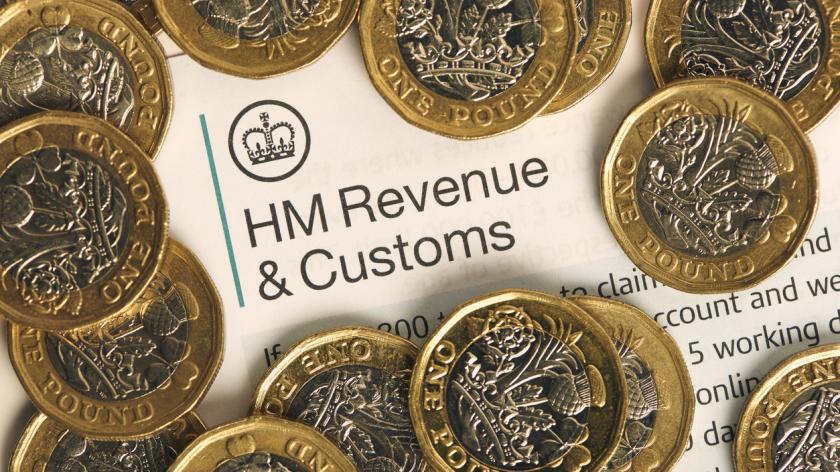Additional rate of income tax scrapped
by Rebecca Cave – Tax Writer, Taxwriter Ltd
The new Chancellor, Kwasi Kwarteng, has reversed the NIC increases imposed by Rishi Sunak, and dramatically cut income tax at the basic and additional rates.
Cutting income tax was the carrot Liz Truss dangled in front of the Conservative Party members who were eligible to vote for her in the leadership election.
The amount of tax payable by individuals on earnings can be reduced in four main ways:
- Reduce the rates of income tax
- Reduce the rates of national insurance
- Increase allowances
- Increase thresholds where higher rates apply
The Chancellor has chosen to go with options 1 and 2, and there is no indication that the levels of the personal allowance, marriage allowance, or income tax thresholds will change. However, Kwasi Kwarteng did indicate that there will be another fiscal statement later this year, when the Office for Budget Responsibility will deliver its report.
Personal tax cuts
The shock news in this mini-Budget was the scrapping of the additional rate of income tax which was introduced at 50% just before Labour lost the 2010 General Election. This rate was later cut to 45% on income over £150,000. The 40% band will be the highest tax band, which also means that everyone in that band will benefit from the £500 personal savings allowance.
From 6 April 2023 the rates of income tax in England and Northern Ireland will be:
| Earnings band | On earnings and profits | On dividends |
| Basic rate | 19% | 7.5% |
| Higher rate | 40% | 32.5% |
| Additional rate | Abolished | Abolished |
The Treasury did not clarify whether the tax charged on loans to participators under s.455 CTA 2010 will also be reduced to 32.5%.
Different rates for Scotland
The Scottish and Welsh governments have the power to set different rates of income tax on earnings, profits and pensions, but not on savings, dividends, or on capital gains.
Scotland currently has five different rates of income tax ranging from 19% to 46%, so it will be interesting to see if the differential in rates and bands continues for taxpayers in Scotland.
Wales has kept its income tax rates in line with the rest of the UK, so taxpayers in Wales pay the same as those in England. The Welsh government doesn’t have the power to impose different tax bands like the Scottish government. However, the Welsh Labour government may want to plough its own furrow and tweak the rates applicable from April 2023.
NIC rates down
In advance of the Chancellor’s statement today HM Treasury announced that the increases applied to all NIC rates, as introduced from 6 April 2022, would be reversed with effect from 6 November 2022.
The rates of class 1 NIC are taken back to the levels that were in place on 5 April 2022, but the NIC thresholds which were increased from 6 July 2022 are not being reversed.
Employees’ class 1 NIC
- 12% on earnings in the band: £1,048 to £4,189 per month ( £12,570 to £50,270 per year)
- 2% on earnings above £4189 per month (£50,270 per year)
Employers’ class 1 NIC
- 13.8% on earning above £758 per month (£9,100 per year)
The employment allowance which was raised from £4,000 to £5,000 on 6 April 20022 remains at the higher level.
Where the NIC is calculated over the full tax year, such as for Class 1B, 1A, director’s pay and Class 4 the rates are blended, resulting in some very odd rates as Ian Holloway explains.
HMRC has produced a detailed table of the revised rates to help software developers amend their payroll products. It has also promised that the HMRC free software: Basic PAYE Tools will automatically be updated before 6 November to include the updated rates.
Rates of Class 4 NIC for the full tax year 2022/23 will be 9.73% and 2.73%, as set out in clause 2 of the Health and Social Care Levy (Repeal) Bill.
As the name of that Bill suggests, it repeals the Health and Social Care Levy Act 2021, and therefore abolishes the Health and Social Care Levy before it comes into effect. This levy potentially set a precedent for applying a version of NIC to the earnings (but not pensions) of people who were over state pension age. That Rubicon won’t now be crossed, and working pensioners can rest easy knowing they will pay less NIC than other workers purely on the basis of their age.







